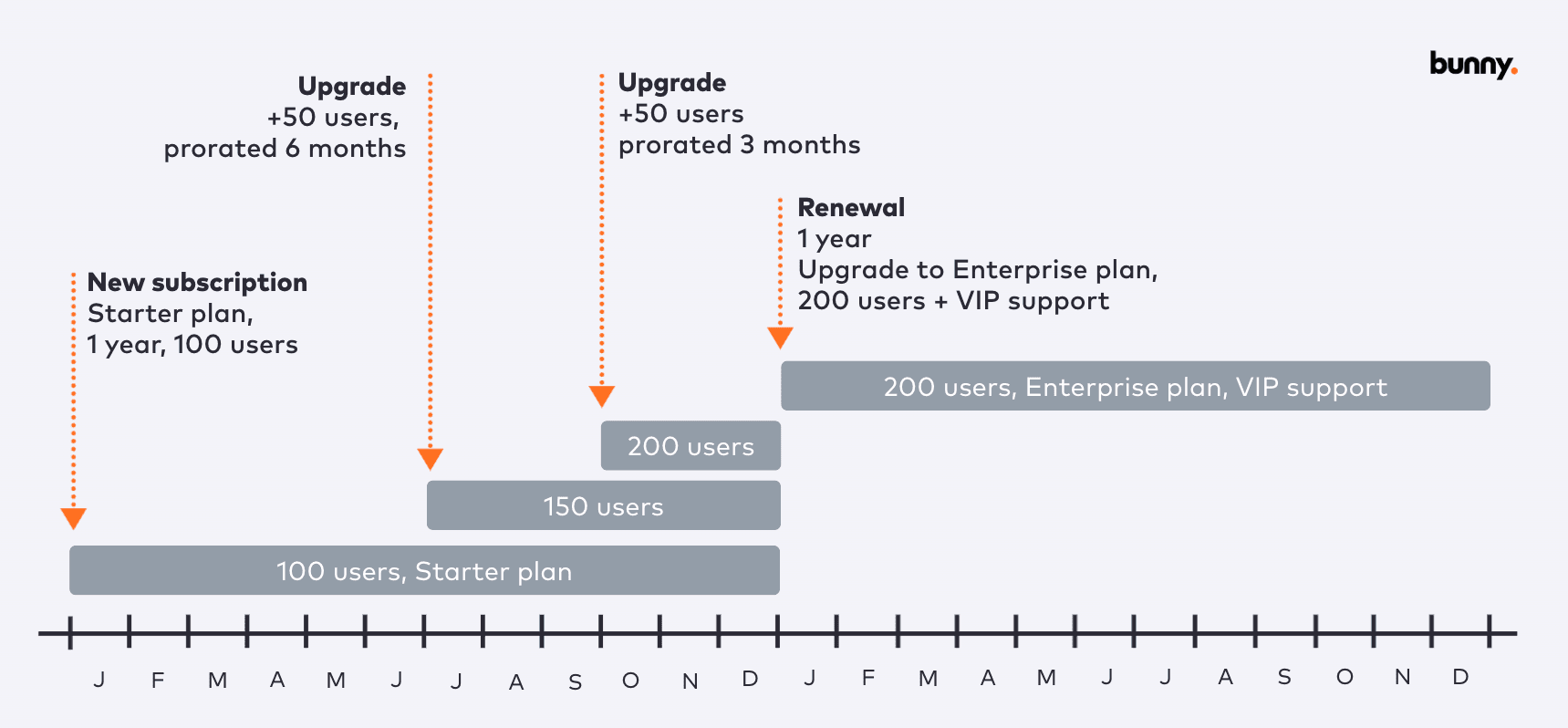
Top 10 strategies for transitioning from Product-Led to Sales-Led Growth

As the SaaS (Software as a Service) landscape continues to evolve, companies are constantly seeking ways to accelerate their growth. While many SaaS businesses start with a product-led growth (PLG) model, there comes a time when transitioning to a sales-led growth (SLG) model can be the key to unlocking new levels of success. Here are the top 10 strategies to facilitate this transition and accelerate growth.
Understand Your Market: Before transitioning, it's crucial to understand your market and the needs of your customers. This understanding will help you tailor your sales approach to meet those needs and ensure that your product remains relevant.
Identify Key Accounts: Not all customers are created equal. Identify key accounts that have the potential to generate significant revenue. These accounts should be the focus of your sales team, ensuring they receive the attention and service they require.
Invest in a Skilled Sales Team: A successful transition to SLG requires a skilled sales team. Invest in training and development to ensure your team has the skills necessary to sell effectively. This includes understanding the product, the market, and the techniques for closing deals.
Implement a CRM System: A Customer Relationship Management (CRM) system is essential for managing customer interactions and data. It can help your sales team track leads, manage customer relationships, and analyze sales data to identify trends and opportunities.
Develop a Sales Process: A well-defined sales process can streamline your sales efforts and increase efficiency. This process should include steps for prospecting, qualifying leads, presenting your product, handling objections, and closing the sale.
Leverage Customer Success Stories: Customer testimonials and case studies can be powerful sales tools. They provide proof of your product's value and can help convince potential customers of its benefits.
Align Sales and Marketing: Sales and marketing should work together to generate leads and convert them into customers. This alignment can be achieved through shared goals, regular communication, and collaborative planning.
Optimize Pricing Strategy: Your pricing strategy can significantly impact your sales. It should reflect the value your product provides, be competitive within your market, and be flexible enough to accommodate different customer needs.
Invest in Sales Enablement Tools: Sales enablement tools, such as sales playbooks, training materials, and sales analytics, can equip your sales team with the resources they need to sell effectively.
Measure and Adjust: Finally, it's important to measure your sales performance and adjust your strategies as needed. This can involve tracking key metrics, such as sales revenue, conversion rates, and customer acquisition costs, and using this data to inform your sales strategies.
Transitioning from a PLG to an SLG model is a significant step for any SaaS company. However, with the right strategies in place, it can be a powerful way to accelerate growth and achieve your business goals. Remember, the transition doesn't mean abandoning the principles of PLG; instead, it's about integrating the strengths of both models to create a hybrid approach that leverages the best of both worlds.
In conclusion, the journey from product-led to sales-led growth is a strategic evolution that requires careful planning, execution, and continuous optimization. By implementing these top 10 strategies, SaaS companies can navigate this transition effectively, setting the stage for accelerated growth and long-term success.

